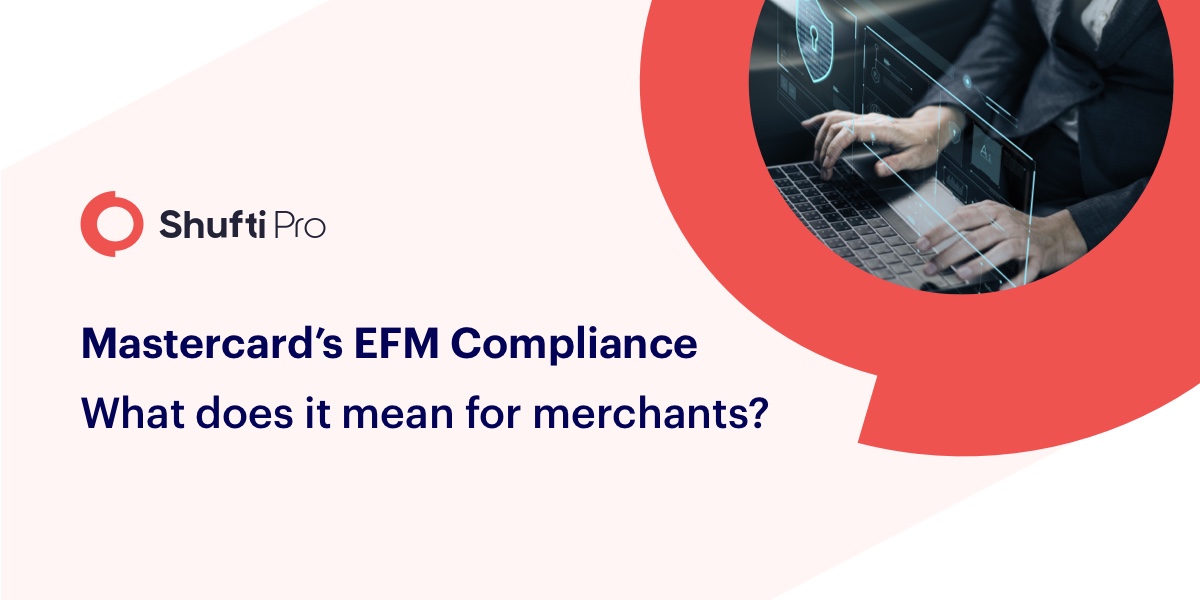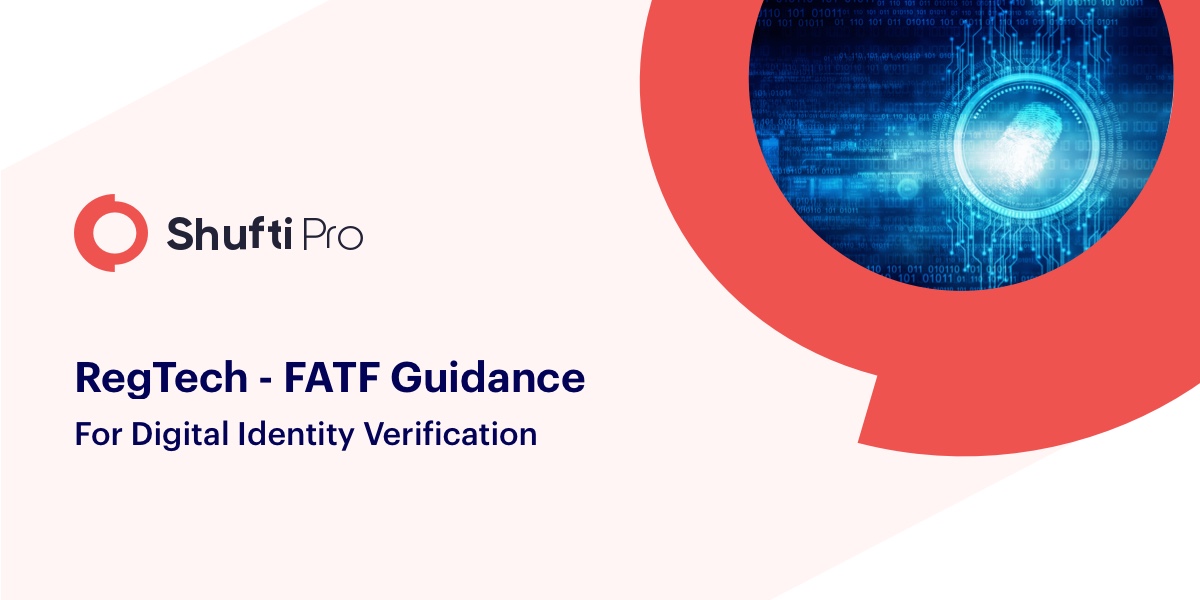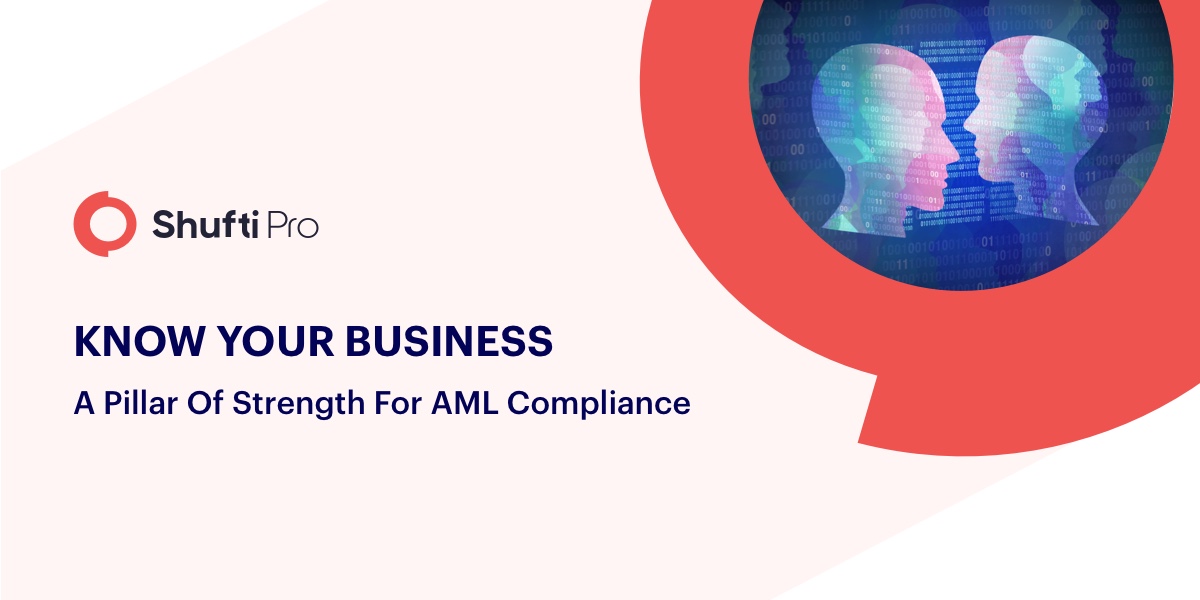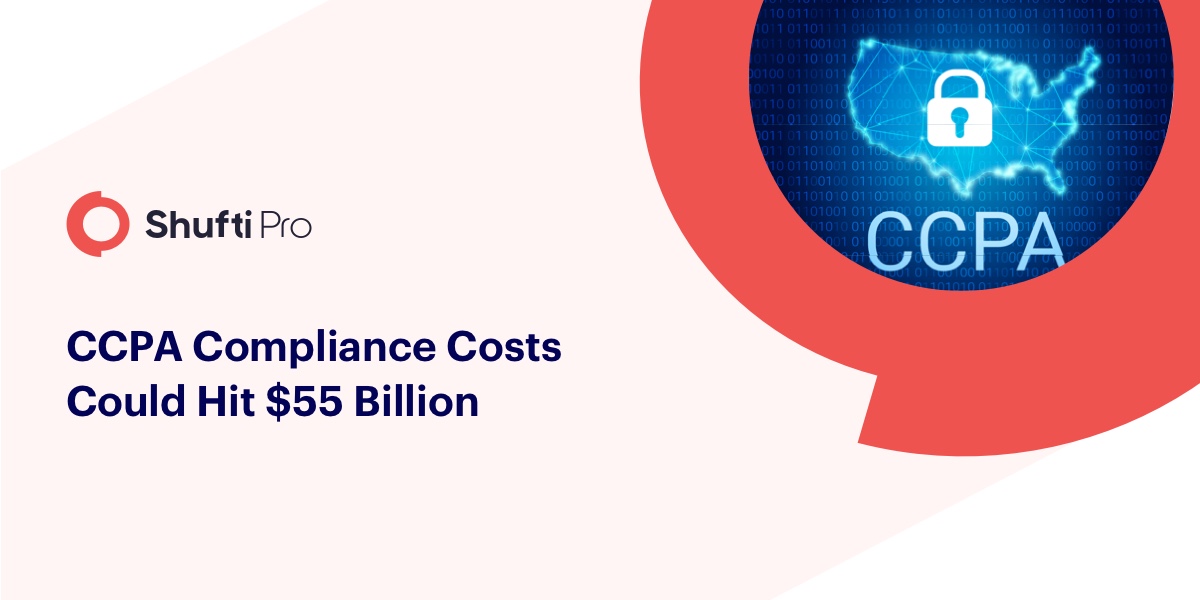Mastercard’s EFM Compliance – Another Reason to Invest in Verification

The modern world is an era of technology. Moving into the fourth industrial revolution, digitization of organizations is gaining grounds in the marketplace. The industries are rapidly adopting the latest technology to secure their place in the competitive market. The identity thieves and fraudsters have set their new targets, i.e. online business. Using advanced technological tactics and sophisticated tools, they are actively exploiting the business and consumers.
The primary purpose of all the thieves and fraudsters is to gain a monetary advantage, no matter what type of fraud it is. Living in the 21st century, traditional payments are moving towards the elimination of cash. The trend of online transactions and mobile payments is on the rise and fraudsters, are not going to miss the opportunity to compromise the transactions. Over the past few years, card fraud has become one of the fastest-growing and challenging frauds for businesses and organizations.
The organizations accepting card payments are constantly under threat of fraudsters and cybercriminals. This means they are exposed to chargeback losses, customer churns, brand damage and other financial impacts of the digital frauds. Moreover, the strict KYC and AML regulations on businesses dealing with money demand an effective verification solution that can fulfill the regulatory requirements.
What’s new?
Taking into account the increased card frauds, the businesses don’t have to tackle fraud to protect themselves but it is their responsibility to protect the respective card networks as well. This is the reason why the service providers have their own monitoring policies and programs imposed on the merchants and businesses. It helps the merchants to drive improvement in their fraud prevention strategies and tools.
Mastercard’s new fraud monitoring program is set to be implemented from October 2019 to all the merchants in the US. With the execution of this program, the businesses will need to invest in the verification and authentication services to curb chargebacks and prevent themselves from hefty fines.
Mastercard’s Excessive Chargeback Program:
Considering the rising trend of chargebacks, MasterCard has launched an Excessive chargeback program to carefully scrutinize each merchant’s chargeback activities. In this program, with the predetermined chargeback thresholds, the acquirers can effectively evaluate and predict chargeback risk associated with a merchant. Monitoring these chargebacks rates, the acquirers can take action when a merchant exceeds or is expected to exceed the predefined acceptable threshold.
Mastercard chargeback thresholds are determined on the basis of the chargeback-to-transaction This ratio is calculated by dividing the current month’s first chargebacks amount by the total number of transactions in the previous month.
Excessive Fraud Merchant (EFM) Compliance Program:
Recently landed in October 2019, MasterCard’s new Excessive Fraud Merchant (EFM) compliance program is applicable to all the merchants in US businesses. This program is applicable to every merchant who meets or exceeds the pre-defined thresholds for following short-list of criteria:
- The minimum number of e-commerce Mastercard Payments must be 1,000
- The net fraud volume per month is greater than $50,000
- A fraud-count-to-transaction ratio (FCTR) that is greater than 0.50%
- Total 3D Secure (3DS) Mastercard transactions that amount to less than 10% of total Mastercard payment volume
In addition to the chargeback threshold, in the EFM program, MasterCard predefines the fraud threshold. The failure of merchants to meet this predetermined threshold level can result in fines and deactivation of the card service as well. The net fraud volume is calculated according to the following chargeback codes:
- 4871: Chip/PIN Liability Shift
- 4870: Chip Liability Shift
- 4863: Cardholder does not Recognize – Potential Fraud
- 4840: Fraudulent Processing of Transactions
- 4837: No Cardholder Authorization
The fines will begin to imposed from March 2020. These fines will be applicable to any merchant remaining the EMF programs for two or more executive months, eventually varying the fine charges. For instance, after being in the program for two months, the fine will start at $500 rising to $1000 for three months, $5000 for 4-6 months and $25,000 for 7-11 months.
What does it mean for Merchants?
Disputes and fraudulent payments are unfortunate aspects of online payments. The best way to manage them is to prevent them from happening by integrating an effective fraud prevention strategy. With the new Mastercard’s fraud prevention programs, the merchants need to invest in payment verification and authentication solutions in order to avoid remaining in the EFM program.
The fraudsters and scammers are using advanced tactics and automated tools to stay anonymous and spoof authentication checks and filters to carryout fraudulent payments using stolen identities and customers’ credentials. Merchants must need to respond in kind to prevent them from exploiting the business. It can be done by adopting an AI-powered identification solution. Shufti’s verification solution uses multiple verification and authentication services that are best suited for online businesses.
Preventing Fraudulent Payments
A payment is considered fraudulent in a case when the cardholder or accountholder doesn’t authorize it. The fraudulent payments are often made using stolen cards and card numbers – card not present frauds. Sometimes, through account takeover, fraudulent purchases are also made. By the time the cardholders review their card statement or get notified about the payments, the transactions have already been made. As a result, they contact their card issuers and claim a chargeback and ask them to dispute it.
Collect information – Verify Payments
Insufficient and vague information provided by the customers at the time of checkout is one of the major reasons why businesses fail to identify if the customer is legitimate or not. Just because someone successfully logged in to the account doesn’t guarantee that the transaction is done by an authorized entity. The businesses need to integrate authentication checks at the time of checkout to verify the identity of the authorized customers.
For instance, integrating Shufti’s Consent verification in the e-commerce platforms requires a video consent from customers holding the identity card or credit card. With the hybrid approach of AI and HI technology, the authorized users are verified at the time of checkout. If the authentication is failed, the payment won’t be approved. The identity verification services provided by Shufti combat intruders while keeping any customer burden and losses to a minimum.










